Galerie
-

webmontag #67
- 1.057
- 0
- 0
-
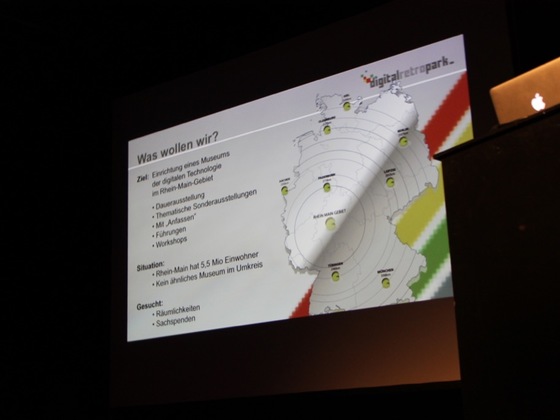
webmontag #67
- 1.102
- 0
- 0
-
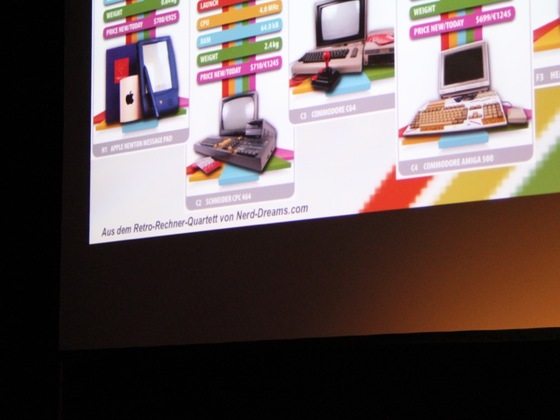
webmontag #67
- 1.125
- 0
- 0
-
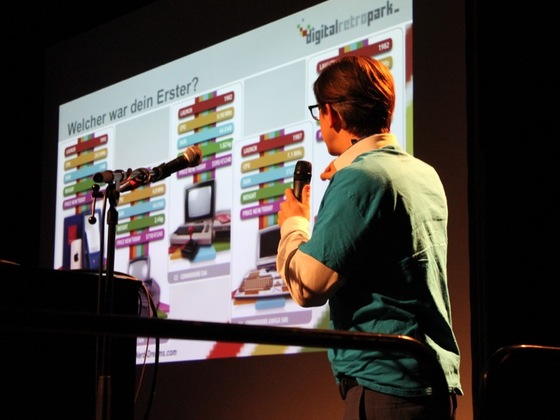
webmontag #67
- 1.069
- 0
- 0
-
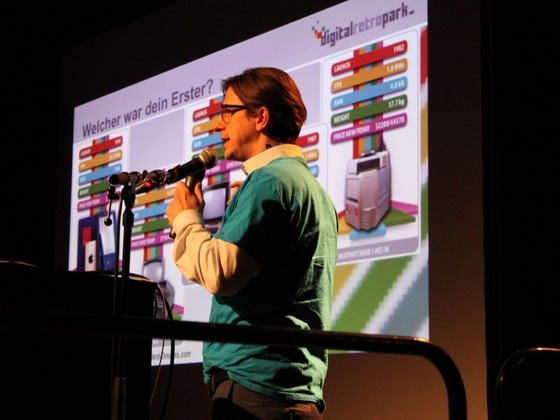
webmontag #67
- 1.145
- 0
- 0
-
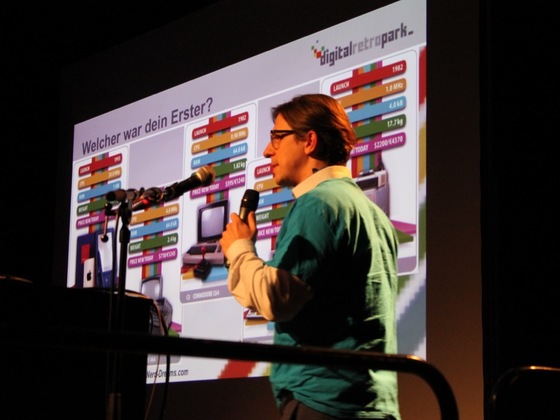
webmontag #67
- 1.137
- 0
- 0
-
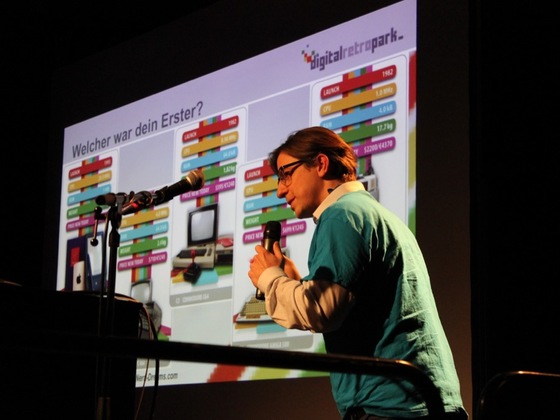
webmontag #67
- 1.126
- 0
- 0
-
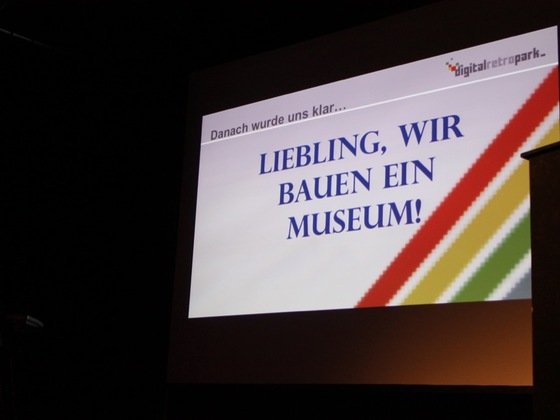
webmontag #67
- 1.162
- 0
- 0
-
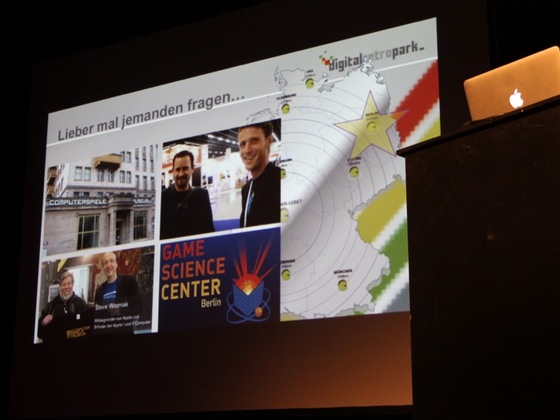
webmontag #67
- 1.108
- 0
- 0
-
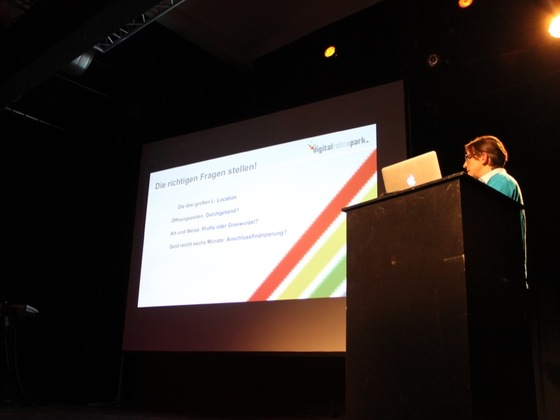
webmontag #67
- 1.119
- 0
- 0
-
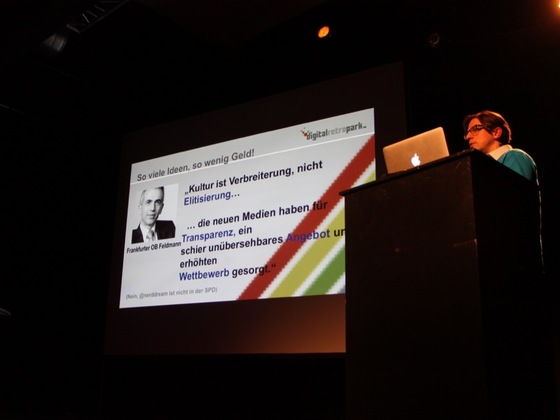
webmontag #67
- 1.136
- 0
- 0
-
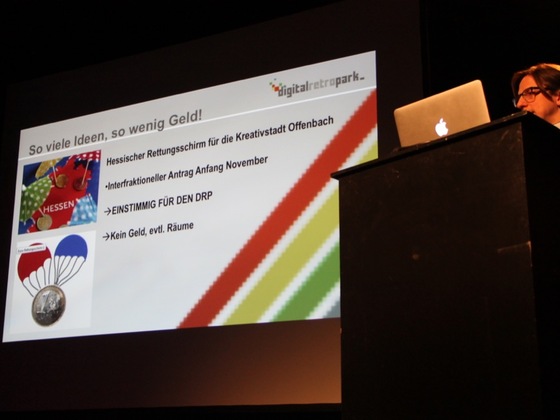
webmontag #67
- 1.129
- 0
- 0
-

webmontag #67
- 1.170
- 0
- 0
-
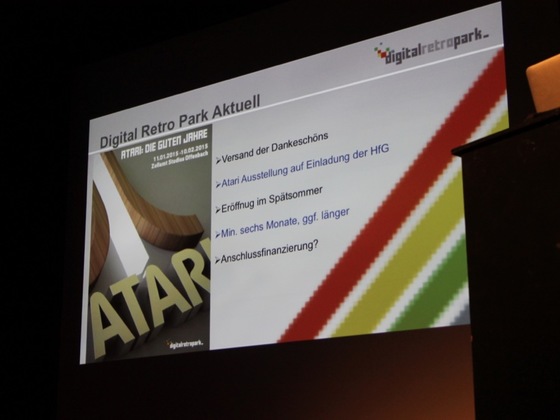
webmontag #67
- 1.373
- 0
- 0
-

webmontag #67
- 1.131
- 0
- 0
-
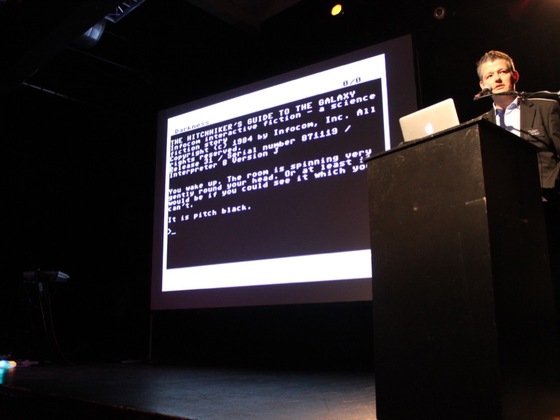
webmontag #67
- 1.183
- 0
- 0
-
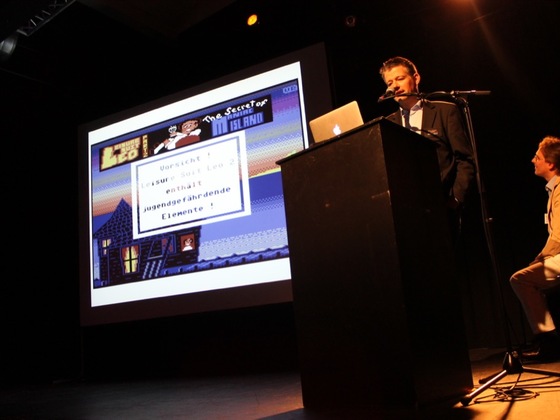
webmontag #67
- 1.165
- 0
- 0
-

webmontag #67
- 1.141
- 0
- 0
-
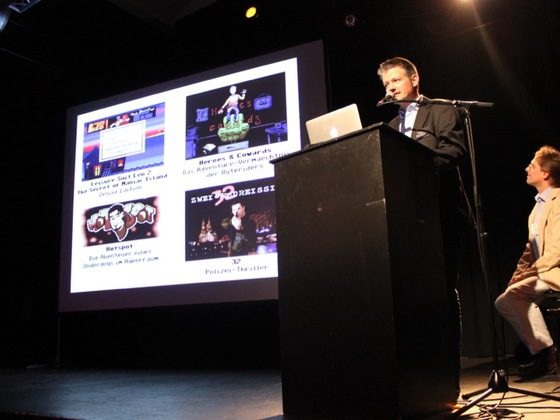
webmontag #67
- 1.131
- 0
- 0
-

webmontag #67
- 1.159
- 0
- 0
-
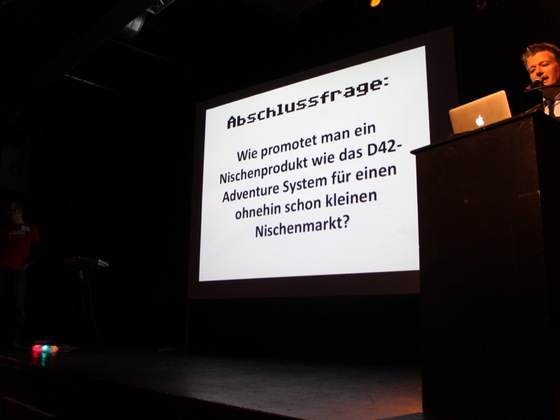
webmontag #67
- 1.135
- 0
- 0
-
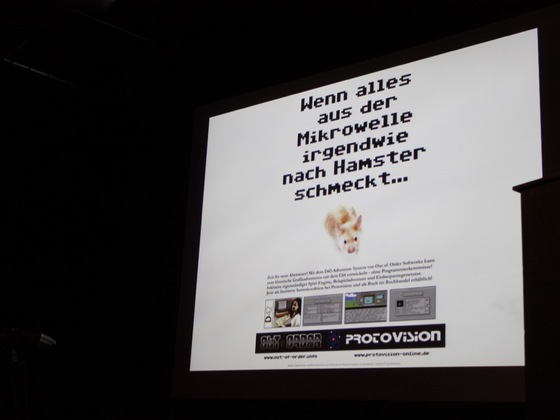
webmontag #67
- 1.140
- 0
- 0
-
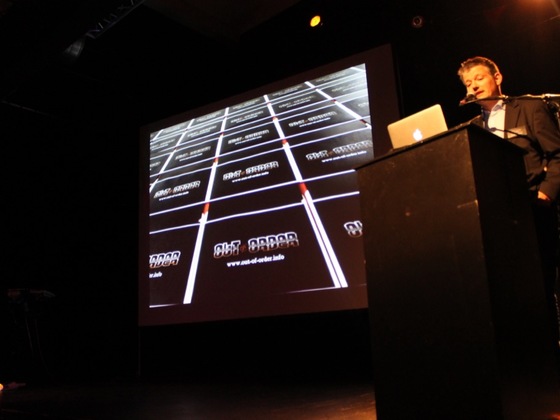
webmontag #67
- 1.243
- 0
- 0
-
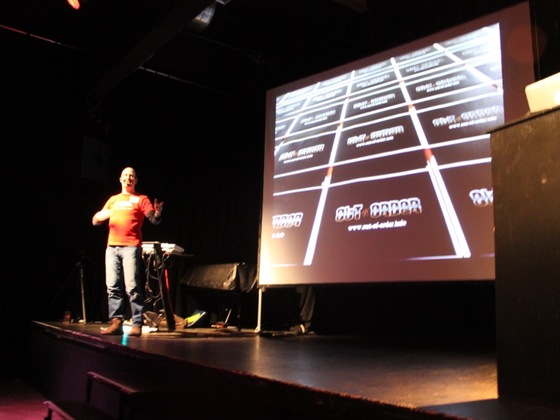
webmontag #67
- 1.212
- 0
- 0
-

webmontag #67
- 1.243
- 0
- 0
-
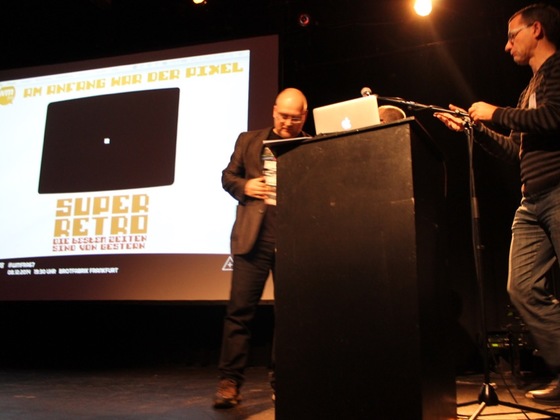
webmontag #67
- 1.283
- 0
- 0
-
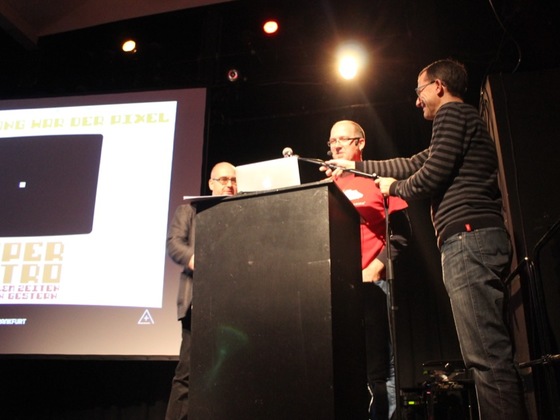
webmontag #67
- 1.094
- 0
- 0
-
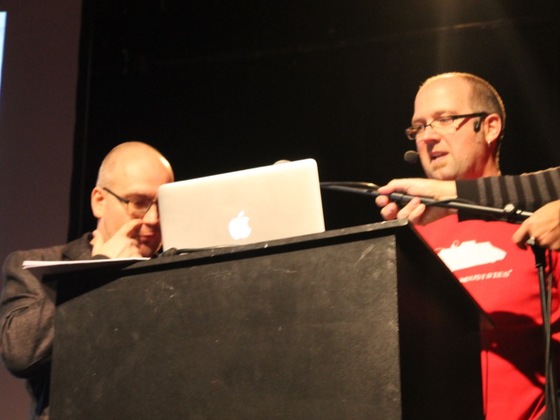
webmontag #67
- 1.199
- 0
- 0
-
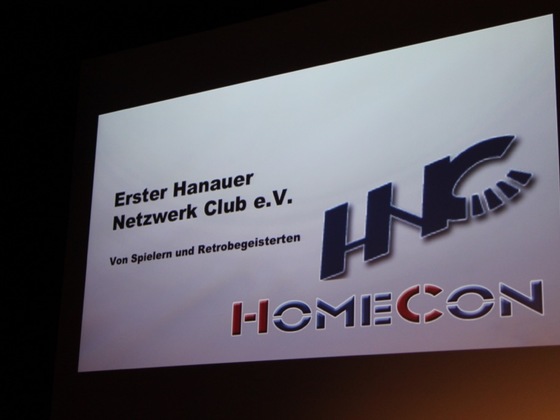
webmontag #67
- 1.108
- 0
- 0
-
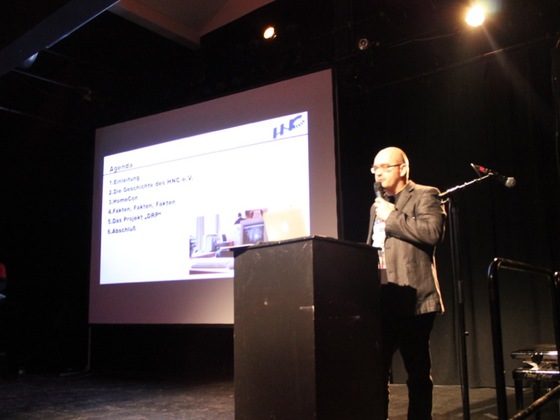
webmontag #67
- 1.094
- 0
- 0

